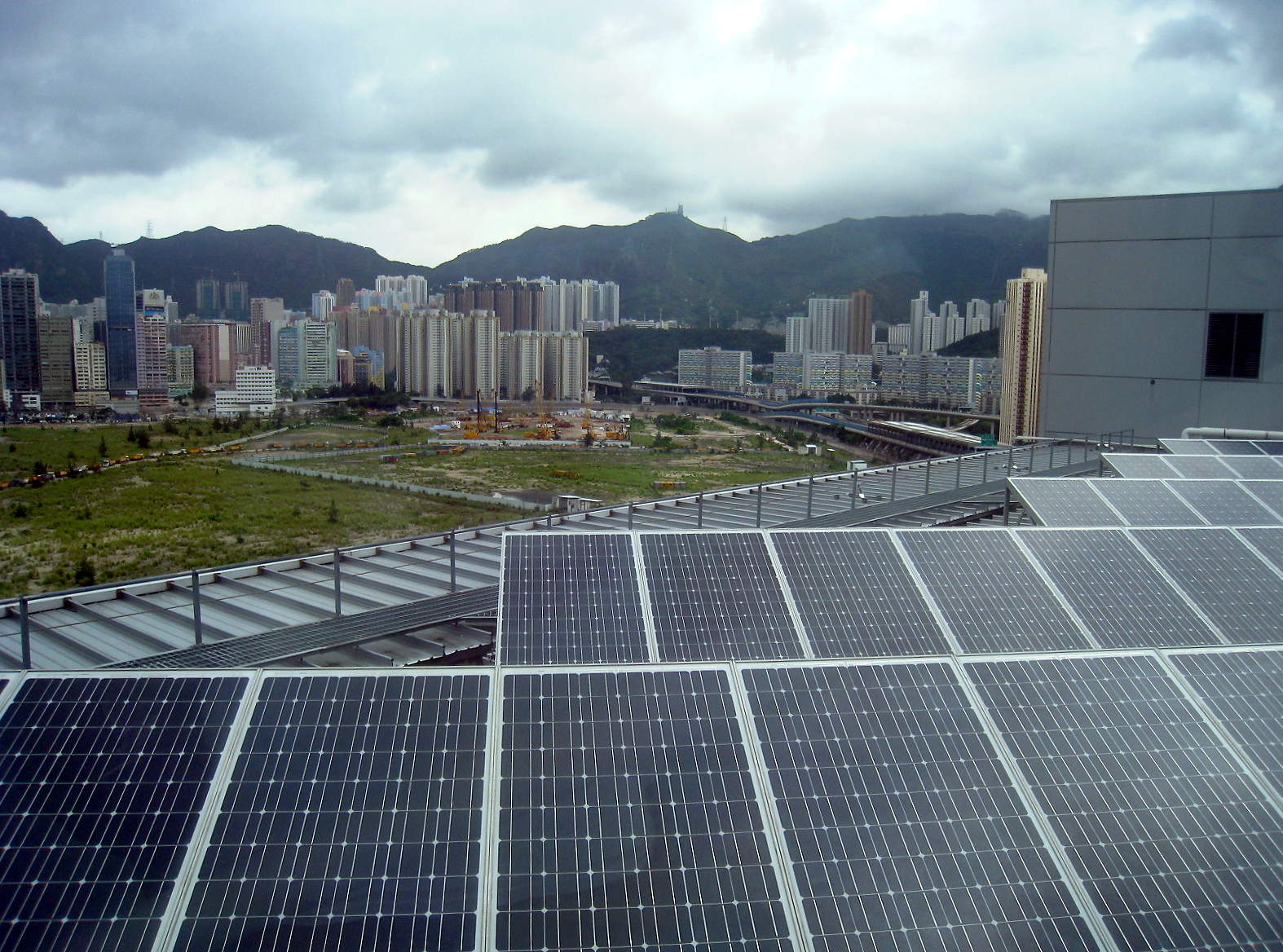
In 2017, the Taiwanese Government declared that by 2025 it wants 20% of the country’s electricity supply to come from renewable sources – up from approximately 5% at the time.
The ambitious target is part of the state’s wider energy transformation plans. The government also wants to phase out nuclear power, which currently accounts for around 15% of local electricity generation, by 2025, as well as cut its carbon emissions to 2000 levels and reduce its reliance on oil and gas imports. Currently, Taiwan imports around 97% of its energy supply.
To achieve its renewable energy target, the country needs to build approximately 27GW of new renewable electricity capacity, which it aims to do through a combination of offshore wind and solar power.
Keenly aware that it is competing for investment dollars with its neighbours – Japan, Thailand, China, India and the Philippines – all of which have adopted green energy policies faster, the government has been quick to set out an attractive framework to lure in foreign financiers.
New projects and attractive policies
According to Bloomberg, the government is hoping to attract around $59bn of foreign investment.
In April, the Ministry of Economic Affairs (MOEA) awarded grid capacity to seven developers for ten offshore wind projects in the first bid of its kind. These projects will provide up to 738MW by 2020 and 3,098MW between 2021 and 2025, according to the government.
In July, it also announced that a further two developers had been awarded 1,664MW capacity for four projects via competitive auction.
The country’s most advanced offshore wind development, and the first to be financed, however, is the $627m, 120MW Formosa 1 project, located approximately 6km off the west coast of Taiwan. The development, which started as a pilot, is co-owned by Ørsted (35%), Macquarie Capital (50%) and local developer Swancor Renewable (15%).
For the most part, Taiwan has attracted interest in its offshore wind auctions because it has a stable government, and ranks favourably on Transparency International’s Corruption Perceptions Index, as well as the World Bank’s Ease of Doing Business Report, making it, in comparison to some of its neighbours, an easy place to set up shop.
However, firms have also been attracted to the country by its good conditions for offshore power – strong winds, water depth and geology – as well as the 20-year power-purchase agreements on offer and enticing feed-in tariffs that are comparable to those in Europe.
These factors, supported by the falling prices of offshore wind in general, have encouraged interest in Taiwan from European firms in particular.
“Taiwan’s markets are relatively open and are thus attractive to the European players,” says Wood Mackenzie vice president and head of power and renewables consulting for APAC, Mark A. Hutchinson.
“Plus, the scale of the offshore projects in Taiwan requires very substantial balance sheets and competent developers – European companies are currently the most advanced in offshore wind,” he adds.
Strategic location in East Asia
Taiwan’s strategic location in East Asia, with close proximity to key markets including China, means leading technology firms see the country as a potential hub for the Asian market.
MHI Vestas Offshore Wind, the world’s second biggest wind turbine maker, for example, has said it is planning to use the country as an assembly hub from which to export turbines.
It has signed several Memorandums of Understanding (MoUs) with local companies to build a supply chain and is aiming to make its 9MW wind turbines typhoon-ready by 2020 – a key requirement for the region and one of the reasons Taiwan is abandoning nuclear reactors.
Similarly, Siemens Gamesa has adapted its SG 8.0-167 DD turbine to meet local codes and standards for typhoons and seismic activity.
Ørsted, formerly Dong Energy, has also adapted some of its turbines, and has opened up an office in Taipei to further explore the country’s potential.
Beyond offshore wind
The Taiwanese Government is not just focusing on offshore wind projects to meet its renewable targets, but is actually keener to actively expand solar installation to make the most of Taiwan’s abundant seasonal sunshine.
It estimates that solar PV can deliver a stable supply in peak load periods with power supply of more than 10MW, which it says is the equivalent to the power generation of two units of Taichung Power Plant, a local coal-fired generator.
To boost investment, an additional 6% subsidy will apply for high-efficiency solar components and a 3% subsidy for consumers who install solar PV systems on rooftops.
The country is already the second largest PV cell maker in the world, but if it is to meet its target, it needs to expand domestic PV demand at a CAGR of 303% between 2018 and 2025, according to a TrendForce analyst speaking to PV Magazine.
However, despite solar being preferable to wind in the typhoon high risk region, land scarcity on the island could potentially be prohibitive for new solar projects.
A more diverse future energy mix
Can Taiwan meet its ambitious green energy targets? Hutchinson thinks it’s unlikely, but says “[the government] is making a very good effort to do so with a very well-structured set of policies and regulations”.
But if power prices increase too rapidly due to new renewables in the energy mix, it could cause the government to delay or cancel certain projects, he adds.
For the future, the government has said, along with decommissioning the country’s nuclear power and increasing its renewable energy, it is seeking 80% of thermal power generation – 50% from LNG and 30% from coal.
This, according to Hutchinson, means that in the longer-term Taiwan will need more energy storage and gas-fired generation capacity, in particular to address wind seasonality and solar daytime availability, as well as upgrades to its grid, which are currently planned.



